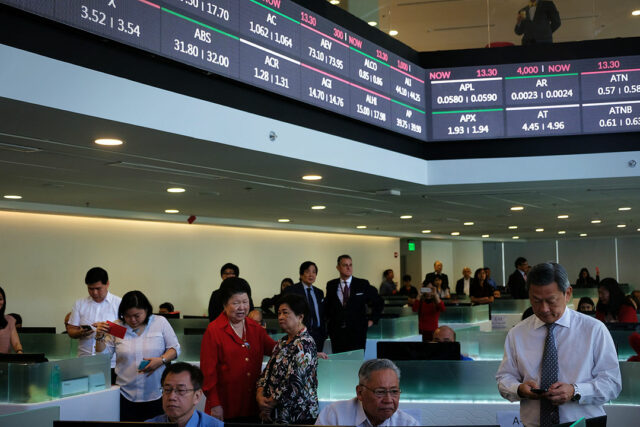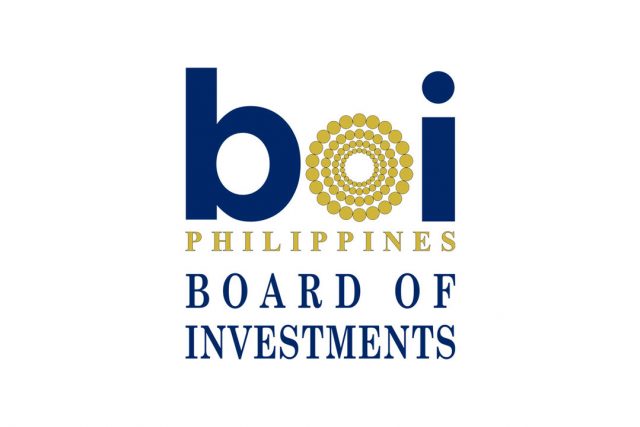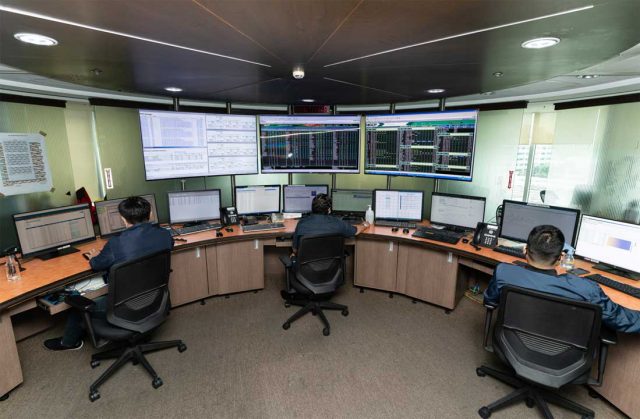India certainly seems to be making up for lost time. Last May saw it contributing two warships in the India-ASEAN Maritime Exercise. Held within Vietnam’s exclusive economic zone (EEZ) and near the trade routes off the Philippines, it was a certain signal to the region that a new power could be asserting itself therein.
Nevertheless, also palpable was India’s wariness in provoking China. The maritime maneuvers were pointedly held away from the disputed areas, particularly Scarborough Shoal, and came amidst reassuring pronouncements by New Delhi that it prefers peaceful and rule of law-oriented means in settling the continuing issues in that area.
Thus, in the Joint Statement on the 5th India-Philippines Joint Commission on Bilateral Cooperation with Philippine Foreign Affairs Secretary Enrique Manalo, Indian External Affairs Minister Dr. S. Jaishankar emphasized the two countries’ call “for peaceful settlement of disputes and for adherence to international law, especially the UNCLOS and the 2016 Arbitral Award on the South China Sea in this regard.”
Indeed, this is a relationship that should have been more: despite having a trade agreement back in 1979, Philippine-India trade has been quite sluggish, gaining ground only after the latter changed course with its “Look East Policy” and then signing a trade agreement with ASEAN in 2009. Still, despite all that, the Philippines suffers from a $1.2-billion trade deficit with India.
Which makes India’s quite lukewarm presence in the West Philippine Sea a bit puzzling. Considering its large trade surplus with the Philippines, considering further that 55% of its trade (equivalent to $189 billion) passes through our area, India’s previously overly lowkey position, limited to declarations of support for “freedom of navigation and overflight, and unimpeded commerce, based on the principles of international law, … and that disputes should be resolved peacefully,” pales in comparison to the stakes involved.
In fairness, “while India has endeavored to significantly enhance its strategic cooperation with Southeast Asia through its Look East Policy of 1991 and its reinvigorated Act East Policy of 2014, Manila’s leadership within this time frame often overlooked engaging formidably with India in the realm of defense cooperation.” Aside from concentrating on domestic concerns, the “administration of President Gloria Macapagal Arroyo (2001-2010), [saw] Philippine foreign policy centered on the concept of equi-balancing, which entailed maximizing relations with its traditional treaty ally and its largest immediate neighbor, the US and China, respectively.” (“Philippines-India Strategic Relations Poised to Grow,” Institute for Security and Development Policy, April 2023).
Nevertheless, certain developments may have accelerated the coming together of the Philippines and India.
The first is greater awareness amongst Filipinos of the foreign threat to its territories: a recent national survey (OCTA, published August 2023) showed that 70% of Filipinos demand its government defend Philippine territory, while 65% declared their willingness to fight militarily to defend it, with 61% wanting to modernize and strengthen the armed forces.
Another is a more diversified approach to foreign policy under the Marcos Administration: the 2023-2028 National Security Policy (NSP) put “National Sovereignty and Territorial Integrity” as its first priority, unlike the 2017-2022 NSP (which logged “Territorial Integrity” merely fourth amongst National Security Interests), signaling a change in military outlook from domestic to the external, and making a stand for “multilateralism and rules-based international order.”
The NSP rightly makes mention of Philippine values and principles. While it is oft-repeated that foreign policy is merely contingent on passing national interests, nevertheless, it is very much to the country’s interest that its foreign alliances be based not merely on economic and short-term considerations but also whether such country partners are aligned with the Philippine’s democratic values, including that of the rule of law and human rights. This framework puts India as a necessary and obvious partner.
The war between Russia and Ukraine is another factor: with a prolonged conflict, Russia’s military might is perceived to have weakened. A China flexing its muscle will likely entail an attempt to isolate Russia from India. This necessitates India making a 180-degree pivot in terms of its alliances, as well as a balancing act of strengthening relations with the US while maintaining its ties with Russia.
Finally, there is demographics and here India would be right to see an opportunity: amidst an expected aging global population (with 2.37 billion individuals older than 65 years by 2100), China is forecast to halve its population by 48% or 732 million at century’s end, allowing India to overtake it (with an expected population of 1.09 billion, as well as Nigeria, 791 million). Incidentally, this will also likely have the effect of making China revert to second place to the US economically by 2098.
So, while a partnership between the two countries has been a long time coming, considering, as the Joint Statement pointed out, the “complementarities the two countries share as vibrant, youthful democracies and fast-growing economies in the Indo-Pacific region,” it seems that — specially for foreign policy — things can fall into place at the right time.
(This is the text of my recorded video comments in the Sept. 12 forum “Maritime Cooperation in the Indo-Pacific: The Role of ASEAN and its Dialogue Partners,” organized by the Stratbase ADR Institute)
Jemy Gatdula is a senior fellow of the Philippine Council for Foreign Relations and a Philippine Judicial Academy law lecturer for constitutional philosophy and jurisprudence
https://www.facebook.com/jigatdula/
Twitter @jemygatdula















